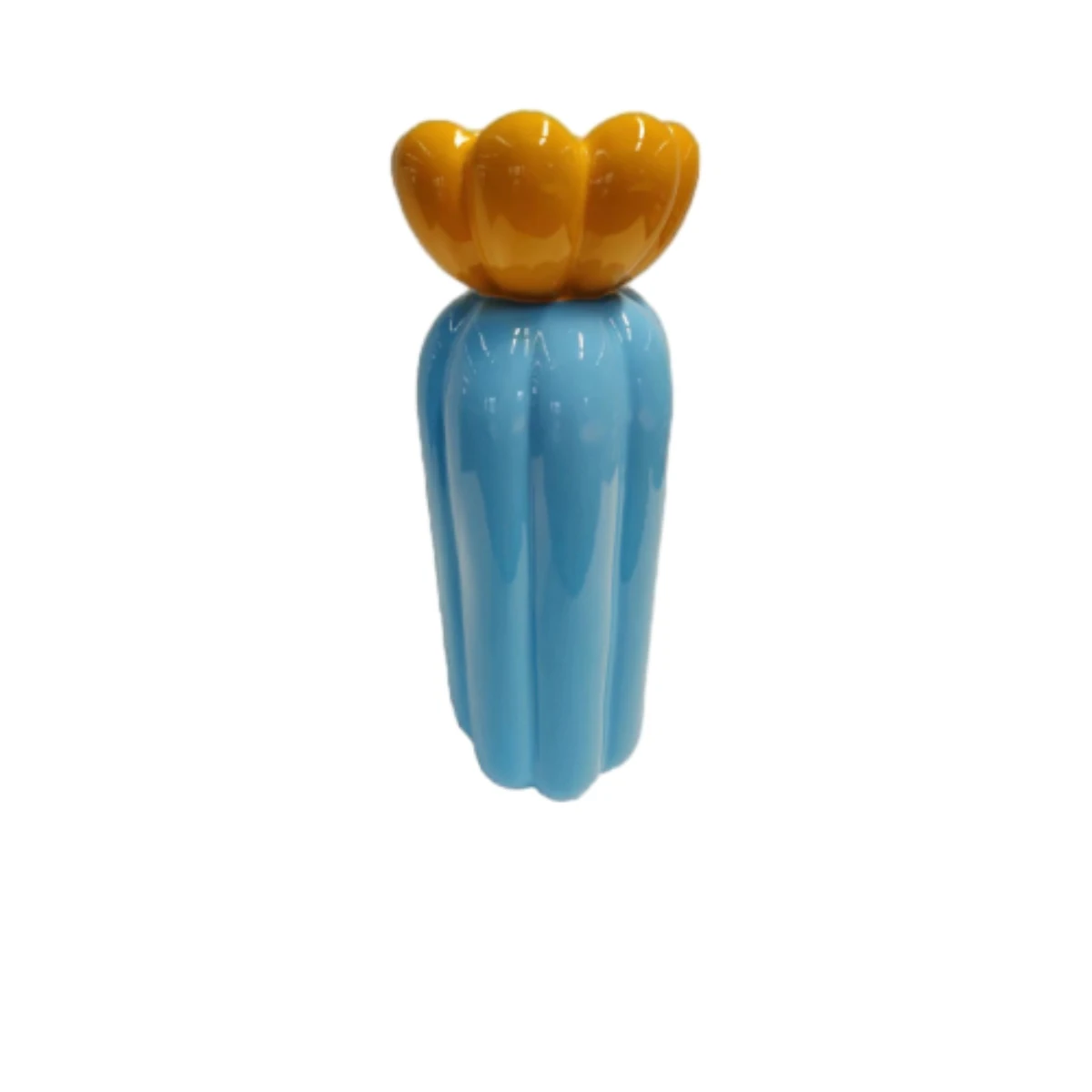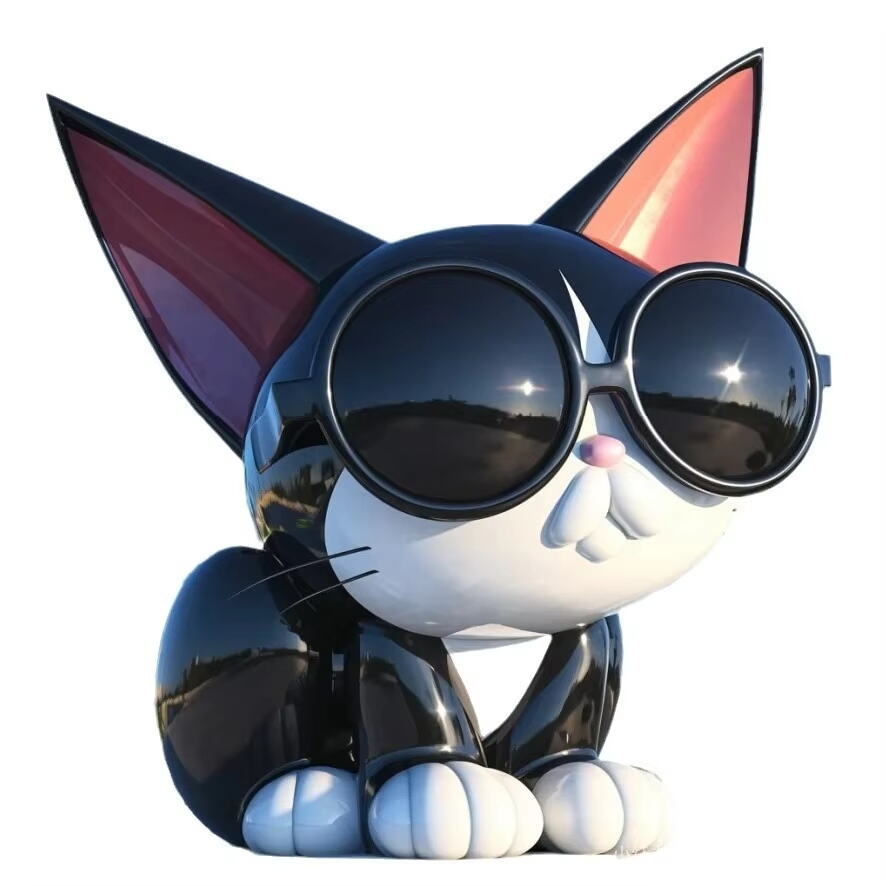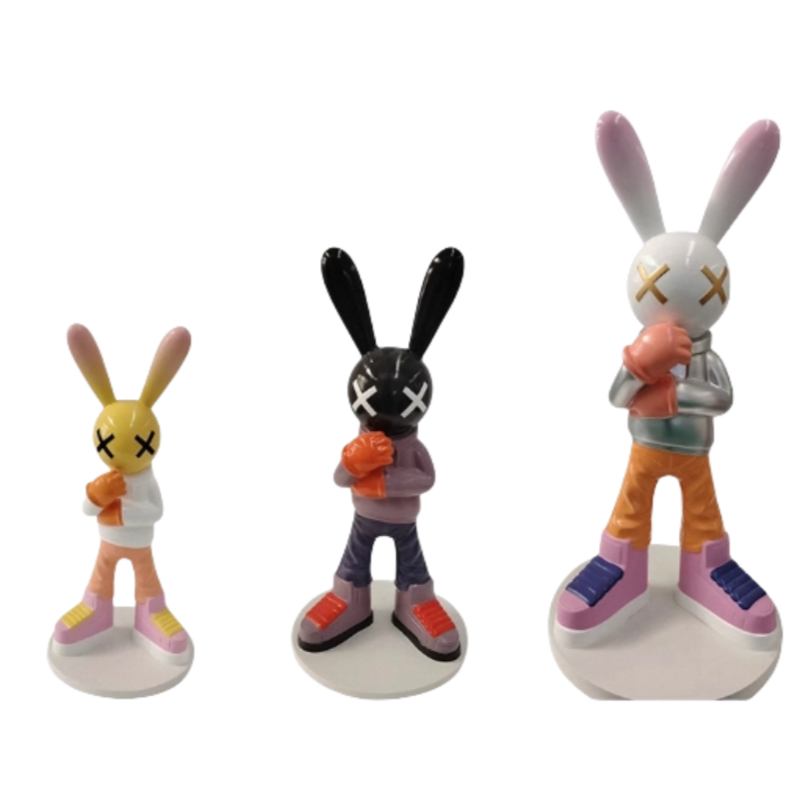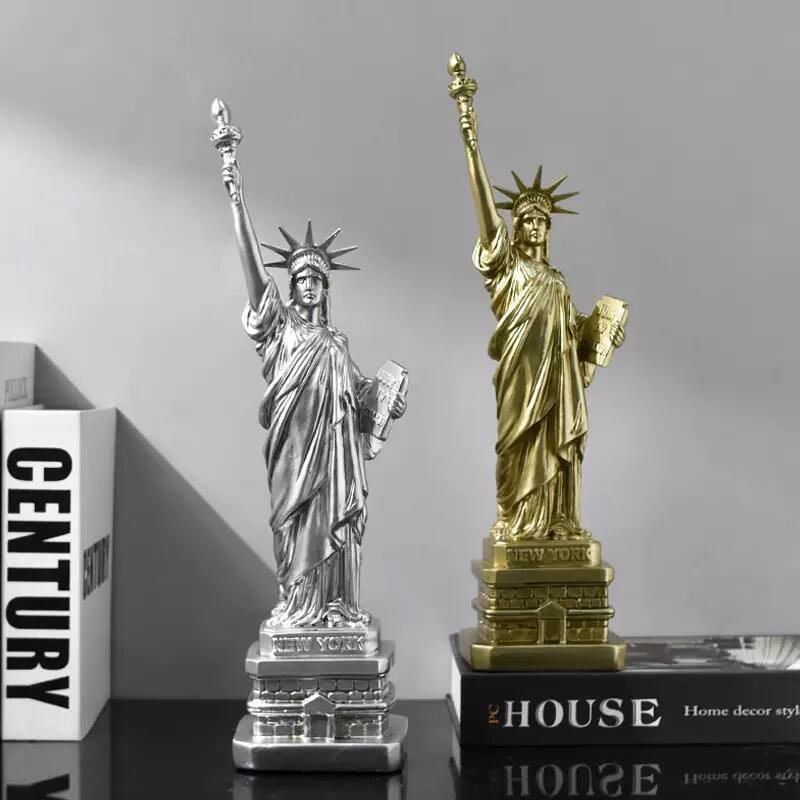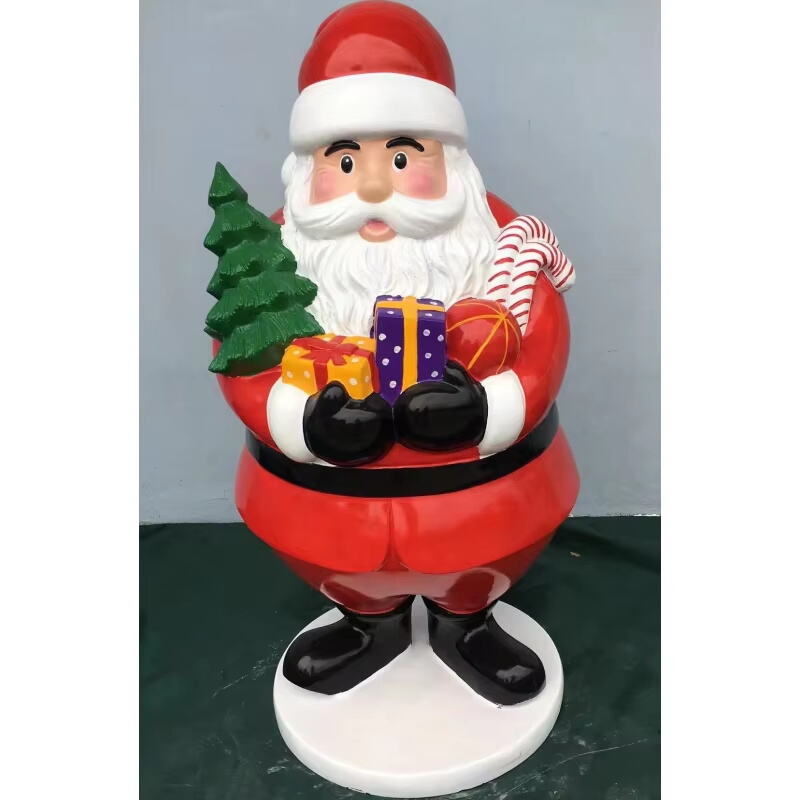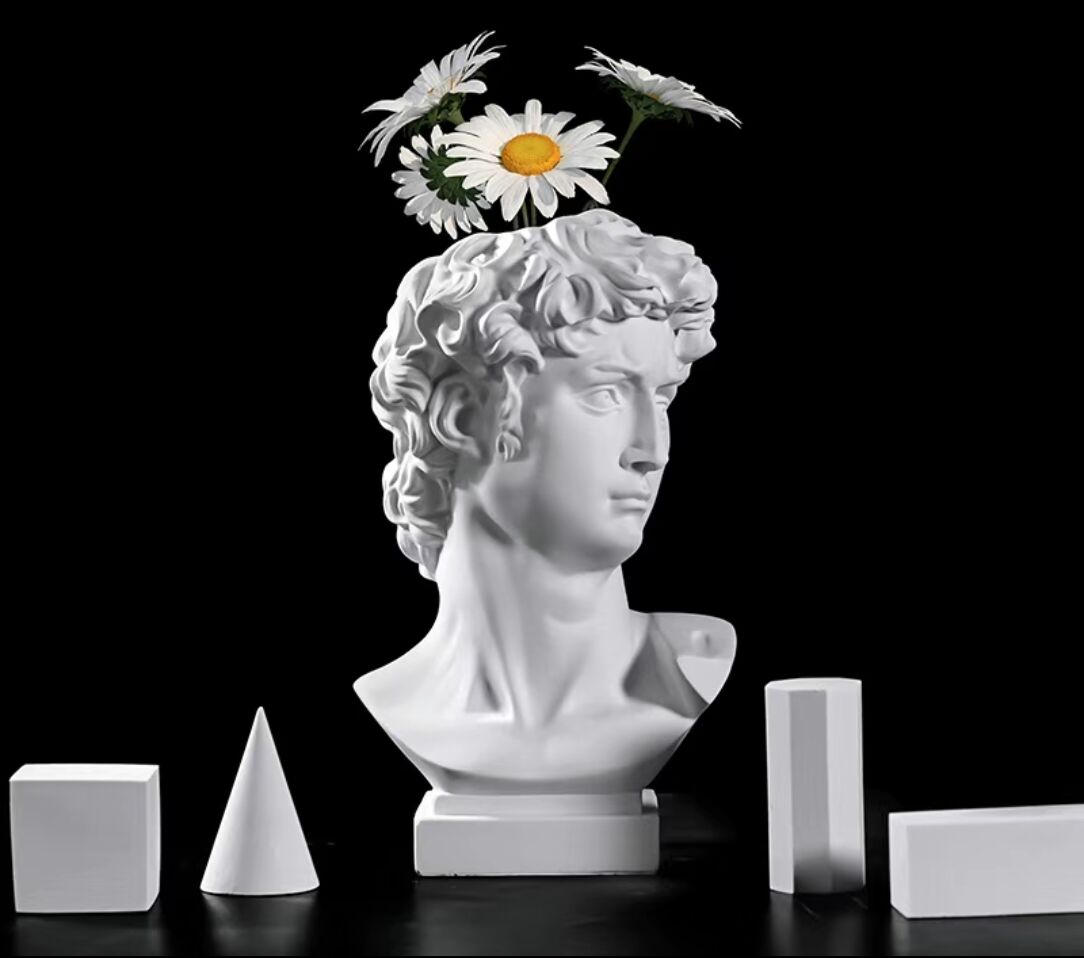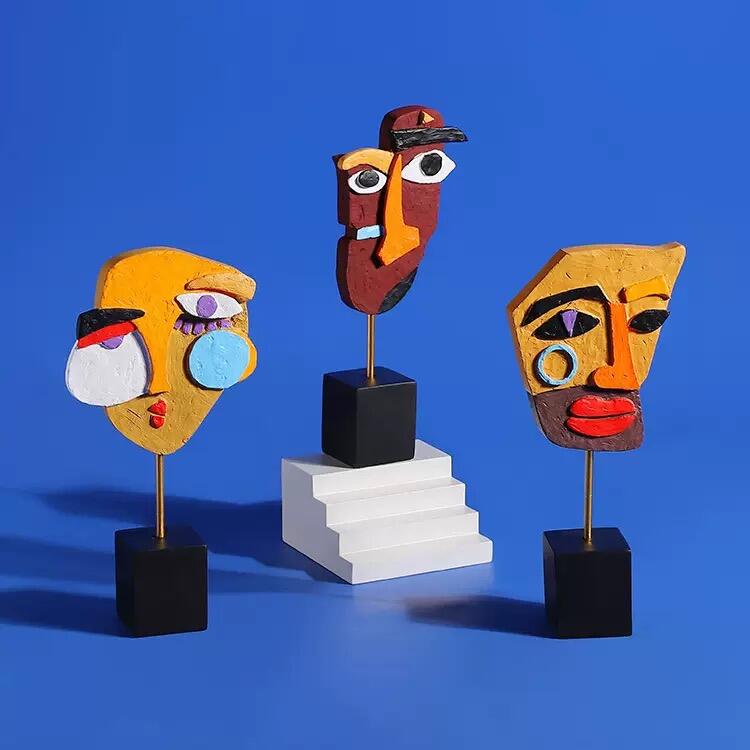sculpture painting
Sculpture painting represents a unique fusion of three-dimensional artistry and traditional painting techniques, offering artists and collectors an innovative medium for creative expression. This sophisticated art form combines the textural depth of sculpture with the vivid expressiveness of painting, creating pieces that engage viewers both visually and tactilely. The process typically involves building up layers of specially formulated materials that can be molded and shaped while maintaining the ability to hold pigments and paint. Modern technological advancements have introduced new materials and tools, such as polymer-based compounds and precision application instruments, which allow artists to achieve unprecedented levels of detail and durability. These works can be applied to various surfaces, including canvas, wood, metal, and even architectural elements, making them versatile additions to both indoor and outdoor spaces. The finished pieces often feature remarkable depth, creating an immersive visual experience that transcends traditional two-dimensional artwork. Contemporary sculpture painting techniques also incorporate UV-resistant coatings and weather-resistant sealants, ensuring longevity and maintaining the vibrancy of colors over time.





